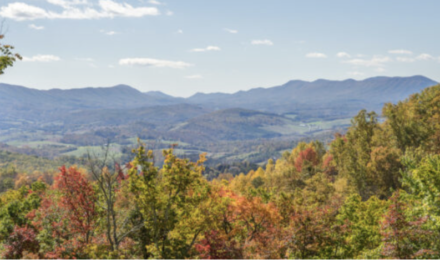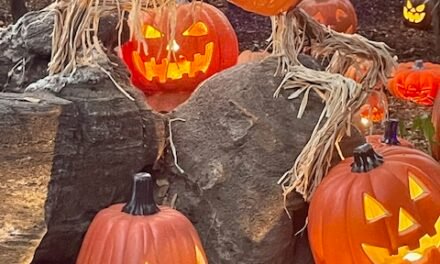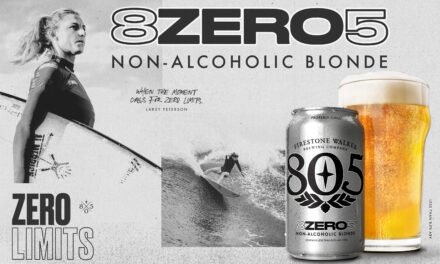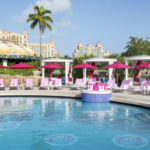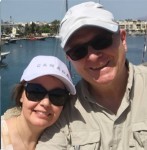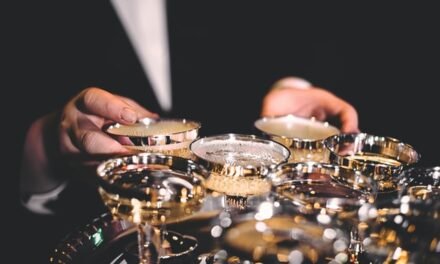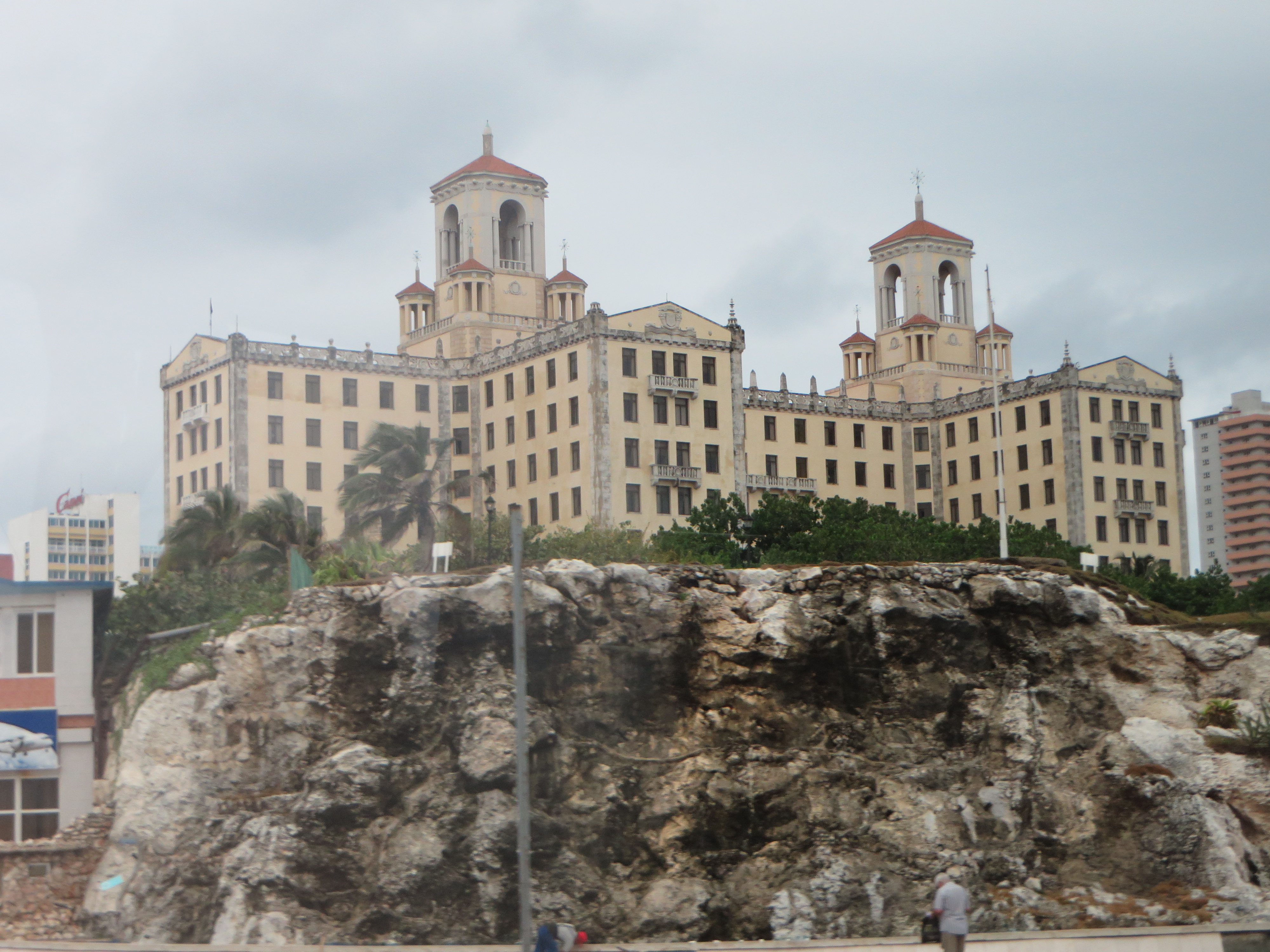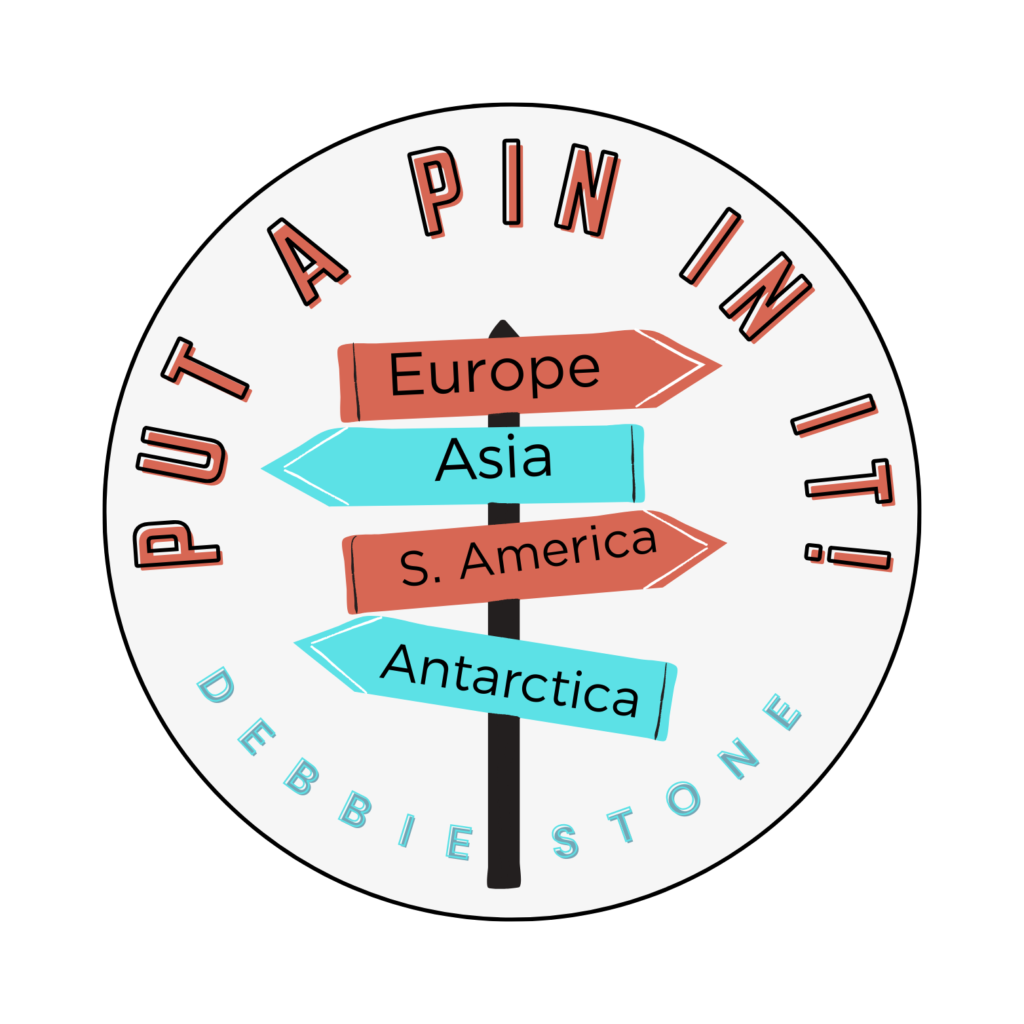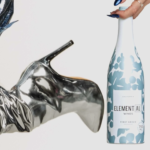
The President and the Lady: World’s Greatest Diveable Intact Shipwreck?

In this column we are transporting you to the Republic of Vanuatu, a South Pacific Ocean nation comprised of roughly 80 islands that stretch 8,000 miles across cerulean blue sea. One island, Espiritu Santo, attracts scuba divers from around the globe to not only dive its coral reefs and walls, but primarily to explore a WWII-era American troopship called the SS President Coolidge, considered by many to be “one of the world’s greatest shipwreck dives!”
The Fog of War
Bathed in a shroud of dim pale blue light the silent steel hulk looms up from the shadowy depths. An enormous ship at 654 feet the SS President Coolidge, an American luxury ocean liner when she was launched in built in 1931, is equivalent in length to two- and one-half football fields when placed end to end. Like every shipwreck, the Coolidge has a glorious story to tell about a time long ago, in a place far, far away. The tale of how this metal hulk sank into a watery grave was written during the tides of war more than a half century ago.
On the morning of October 26, 1942, the 22,000-ton SS President Coolidge was en route to the American supply base on Espiritu Santo, the biggest island in Vanuatu (formerly New Hebrides). The former luxury liner turned troop transport was heavily laden with 5,540 men, war supplies and all the anti-malarial medicine that could be mustered for the allied forces on Guadalcanal. The Coolidge’s captain was eager to get his ship into port after receiving reports that a Japanese submarine was lurking somewhere nearby. In the fog of war, the SS President Coolidge carelessly entered the east end of Segond Channel and slammed into a US mine. Before any evasive action could be ordered, the Coolidge was rocked again when a second mine exploded. Realizing his ship was lost, the captain gave the order to run her aground.
Abandon Ship!
All hands were forced to abandon ship when the SS President Coolidge began listing dangerously to port. Within 75 minutes after striking two mines, the ship had turned over, and the Coolidge slipped off the shore and came to rest on the channel’s seafloor. Amazingly, there were only two casualties during the tragic sinking. Fireman Robert Reid, who was working in the engine room, was killed by the blast of the first exploding mine. The second life lost was Captain Elwood Joseph Euart of the 103rd Field Artillery Regiment. Euart had already safely abandoned ship when he learned there were still men trapped aboard inside the vessel’s infirmary. He re-entered the Coolidge through one of the sea doors, and successfully rescued the men. Unfortunately, Euart was unable to escape himself and went down with the ship. For his heroic actions he was posthumously awarded the Distinguished Service Cross and there is memorial to Captain Euart on shore near. A military tribunal later charged the Coolidge’s captain with negligence.
Pre-War Days
Built at a cost of over seven million dollars by the Donner Steam Ship Line in 1931, SS President Coolidge and her sister ship, SS President Hoover, were at the time the biggest passenger lines built in America. In those halcyon days before air travel, large vessels such as these were needed to provide fast mode of transportation between the U.S.A. and the Orient. On its maiden voyage the Coolidge shuttled 1,200 passengers across the Pacific in only 12 days which was a record for that era. Following the attack on Pearl Harbor by the Japanese on December 7, 1941, the SS President Coolidge was stripped of her regal finery and pressed into service as a troopship and cargo carrier.
A Protected Undersea Monument
Fast forward to 2019, and the SS President Coolidge remains a fascinating undersea monument that today dutifully serves as an artificial reef. Lying on her port side, she rests on a sloping bottom with her bow in 60 feet and stern in 250 feet. Diving this steel skeleton is a relatively easy task since ropes have been installed to help divers orient themselves on the wreck. When Vanuatu gained independence from Great Britain and France back in 1980, the new Republic’s government designated the Coolidge a protected shipwreck and dive site. Hence, any and all remaining artifacts on the vessel could no longer be removed. An important protection for ensuring the Coolidge would remain almost completely intact with her war cargo of helmets, guns, armaments, Jeeps, trucks and personal effects left behind by those who survived the sinking.
Teeming with Life
Sunken ships normally teem with life and the SS President Coolidge is no different. A swarm of silvery baitfish almost obliterates the three-inch bow gun from view as we descended over the starboard rail. The gun tub was encrusted with red sponge, Carolina algae and stinging hydroids. From here we swam for an opening in the towering bridge superstructure. Thin layers of silt and other marine growth caked the eerie gloom of the promenade deck at 90 feet. The shadowy corridor is littered with hastily abandoned combat equipment like rifles, bayonets, submachine guns, munitions and gas masks. Just off the promenade deck, rows of porcelain toilets decorate the walls of another compartment. This was once the enlisted men’s starboard head. The proximity of the toilets to each other suggests that the first casualty of war was one’s own privacy.
The Lady
Penetrating two enormous holds in the bowels of the ship at 110 feet, we came across a jumble of mangled Jeeps, truck body parts, tires, anti-aircraft guns, ammunition and other associated debris. Deeper inside the wreck, we saw typewriters, cups, saucers, and cutlery. Nearby in the medical room, ampoules of morphine and other medicines were scattered about. At 130 feet we finally reached the first-class smoking lounge. Hanging above what was once a marble fireplace is “the lady,” a wall statue of an Elizabethan woman and white unicorn. Her red dress is continually swept clean of silt by divers who visit her darkened chamber. When the room she was hanging in became unstable, she was repositioned and now sits vertically at the same depth on the ceiling of the First-Class dining saloon.
Emerging through a portal we pass a wall of skylights that are now windows to the sea. As we ascended to the starboard rail, I could see a school of trevally and batfish circling above the empty lifeboat davits. Curiously, the fish all seemed to congregate outside the wreck. Looking down I noticed the vessel’s collapsed masts for the first time. Some lovely gorgonians, sea whips, black coral, hydroids and sponge graced the rusting metal hull.
Night Diving
Night diving on the hull of the Coolidge revealed yet another side of this massive wreck. Amid the scattered 105mm shells and the abandoned shark cage left by salvage divers in 1970, we found more surprises. A green moray eel was foraging for food out in the open. Lionfish seemed to be everywhere. Sea shells, assorted nudibranchs and other obscure night crawlers emerged from their daytime hideouts. I also found this was an optimal time to photograph the skittish coral trout.
Deco Stop
Mandatory decompression stops are made in a shallow coral garden on top of the reef slope. At various times throughout the day you can expect to see anemones, starfish, clownfish, sergeant majors, scorpion fish, mantis shrimp, and a friendly moray eel called Nessie. Before he vanished, an impressively large 350-pound grouper named Boris would hang out with divers for daily feeds at the 15-foot safety stop.

Lionfish tend to hide under the ship’s overhangs during the day, but emerge out into the open at dusk.
An Epic Shipwreck
It takes several dives just to get a feel for the President Coolidge. Having logged more than a dozen exploratory descents on her massive super structure, I still feel it would take many more dives to probe all her mysteries. In many ways, this shipwreck is comparable to a book that you can’t stop from reading. Just as Leo Tolstoy’s Russian novel, War and Peace, is viewed as being one of the world’s greatest literary works of fiction, the wreck of the SS President Coolidge is as epic in scale, and without any shred of doubt ranks as being one of the world’s greatest shipwrecks.
Until our next dispatch, dare to Explore…Dream…Discover.
Vanuatu Quick Facts

Vanuatu’s flag was adopted on February, 18, 1980. The Vanuatu chain of islands is in the shape of a Y, and the yellow horizontal Y on the flag is representative of same, as well as yellow being symbolic of sunshine; green symbolic of the fertile lands, red symbolic of bloodshed for freedom, and black represents the Melanesian people that originally settled the islands.
Location: Vanuatu’s idyllic “Y” shaped cluster of 83 islands caress the edge of the Coral Sea, along the southern reaches of the Melanesian archipelago. These palm-fringed shores lie approximately 1800 km (1,100 miles) east of Australia, 800 km (500 miles) west of Fiji, and span nearly 720km (450 miles) of crystal clear cerulean blue water. Forged from coral and ash, Vanuatu’s volcanic islands rim a vast region known as the Pacific Ring of Fire, as evidenced by this island nations nine active volcanoes. The people are predominantly Melanesian.
Diving Season: Year round
Water Temperatures: 74 to 80 degrees Fahrenheit
Time Zone: GMT +11.
Weather: Subtropical climate. Trade winds occur from May to October. Warm, humid and wet between November and April. Rain is moderate. Cyclones are possible between December and April.
Languages: The three official languages of Vanuatu are English, French and Bislama (a pidgin language). A further 113 indigenous languages are used by local people in the islands.
Electricity: 240 volts AC. Australian three-pin plugs are in use.
Currency: Vatu (VT). Australian Dollars are widely accepted in Port Vila. Exchange facilities are readily available at banks and kiosks in Port Vila. Banking services are sophisticated and major credit and debit cards, as well as travellers cheques, are widely accepted in Port Vila and Luganville, but cash is required in the countryside away from tourist resort areas.
Tipping: No tipping, or bargaining, as it goes against local tradition.
Accommodations: Conventional hotel-style accommodations as well as self-contained studio apartments, bungalows, guest houses and lodges are available in all resorts.
President Coolidge Dive Operators
Allan Powers Dive Tours – www.allan-power-santo.com
Bokissa Island Dive – http://bokissa.com/diving
Coral Quays Fish & Dive Resort – www.coralquays.com/dive/dive-the-coolidge

